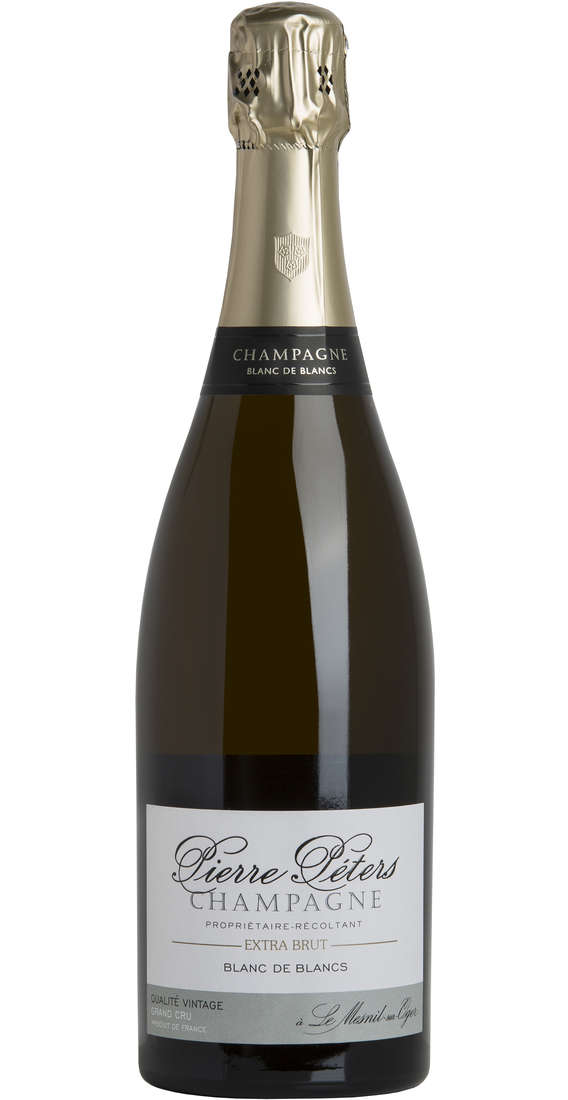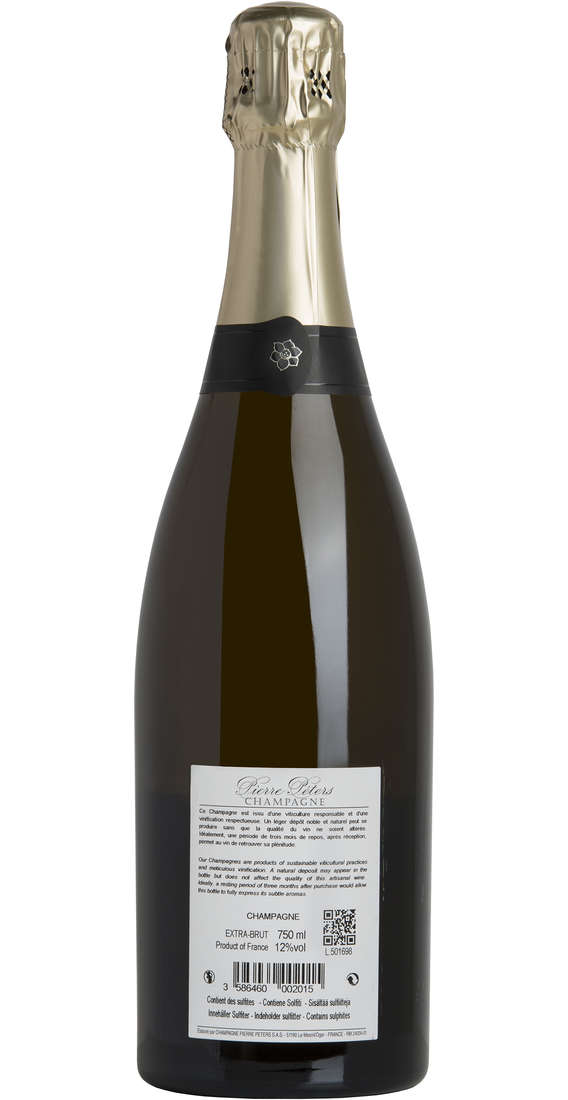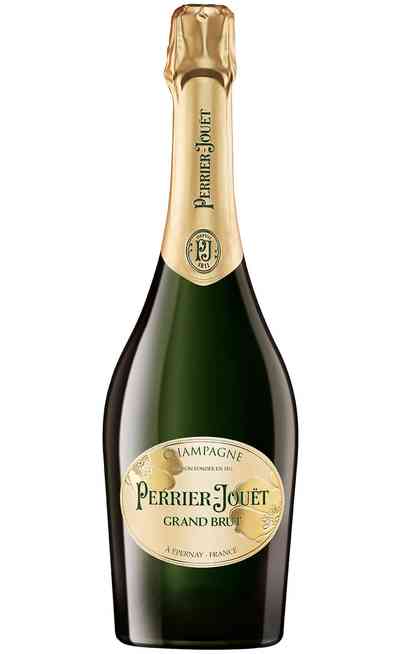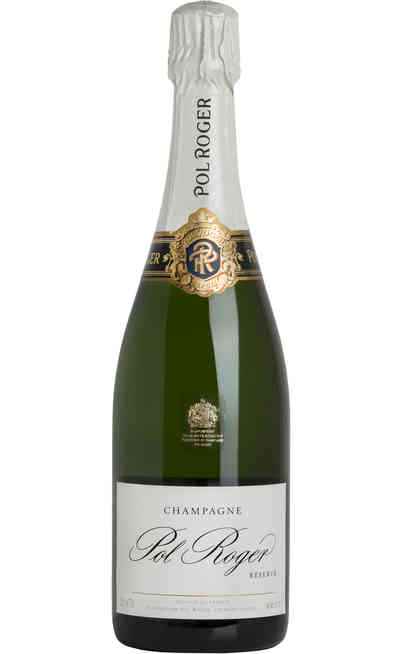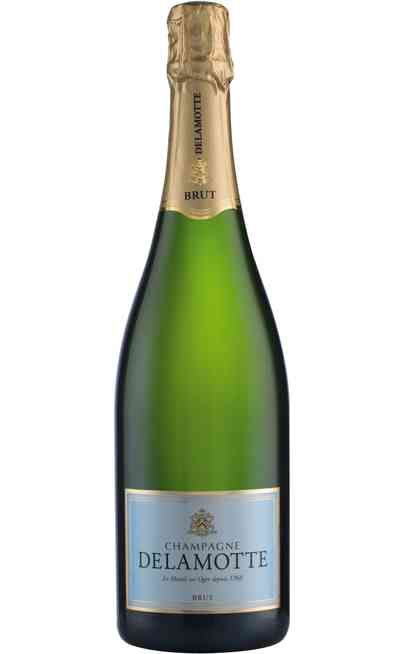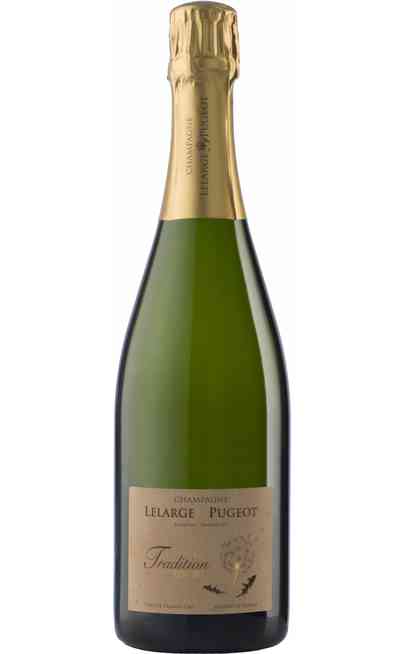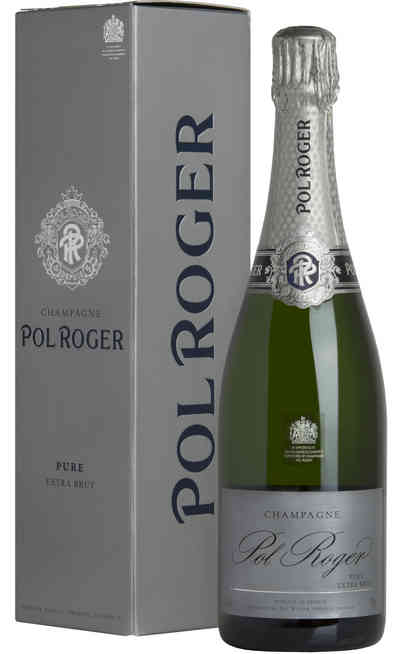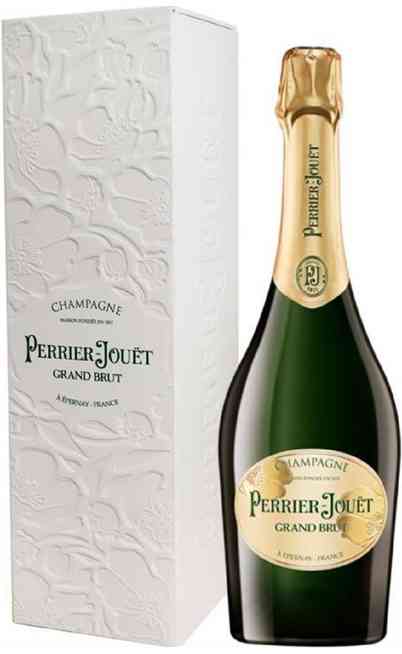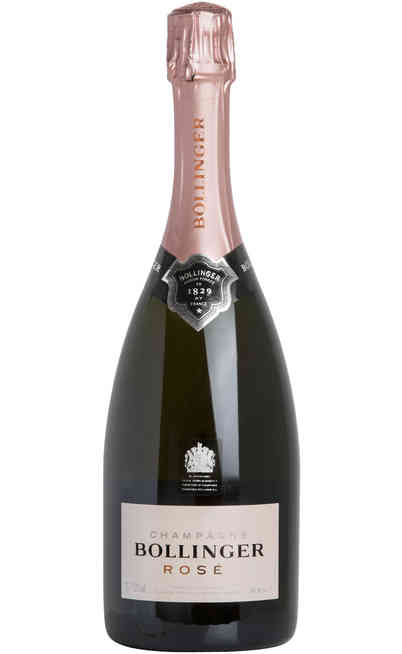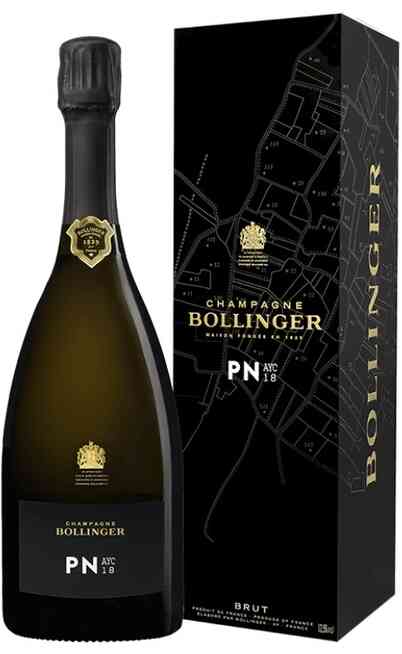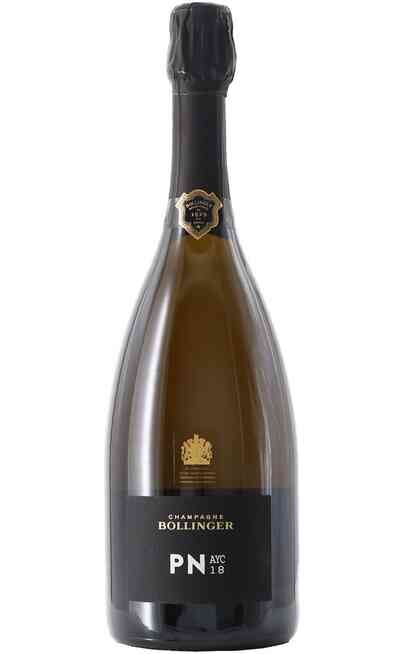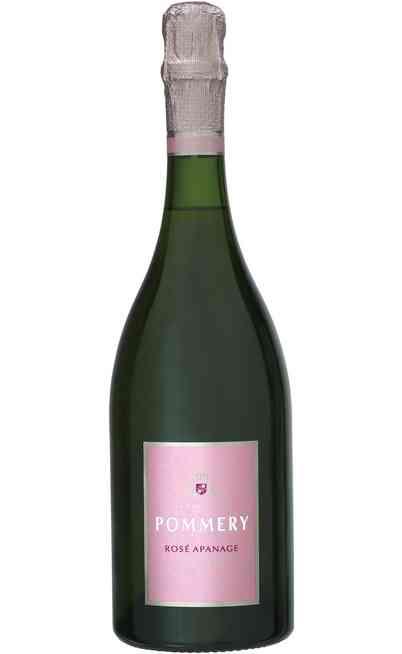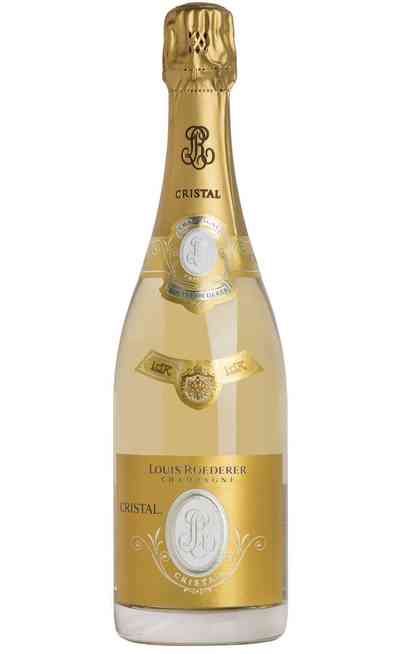Champagne Extra Brut Pierre Peters
| Sommelier score | 92/100 | 2025 |
| Winery | Pierre Peters - Gaja |
| Denomination | Champagne |
| Grapes | 100% Chardonnay |
| Alcohol content | 12,00% |
| Cl | 75cl |
| Sulfites | Contains sulphites |
| Winery headquarter | Gaja - Barbaresco (CN) - Via Torino, 18 |
| Bottle size | Standard bottle |
| Combination | Cold cuts and salami, Pasta with seafood, Oysters, Warm fish appetizers, Steamed fish Hors d'oeuvres, swordfish, Smoked Fish appetizers, Risotto with seafood |
| Region | France |
| Style | Light and fresh |
| Wine list | Champagne |
This vineyard owned by Pierre Péters has an extension of about 18 hectares. Only the best selection of this grapes is used for the production of Cuvée Extra Brut Blanc de Blancs Grand Cru. The fruits come mainly from the region Côte de Blancs, around the villages of Mesnil sur Oger and Avize. These lands, took by soft winds and located in the south of Epernay, contain a great quantity of gypsum that helps to hold a good quantity of water. All the vineyards of the hill are east-oriented. This position gives them the right protection against the cold winds coming from west. Aware of our rare “jewel”, our cultivation methods are designed to produce the best grapes, always respecting the environment.
Features of this Champagne
Due to its particularity, Cuvée Extra Brut is produced only in the best harvest, when the weather conditions cooperate. The wine is crystal clear, its colour turns around a gold yellow with shiny green shades that fully express the vine variety, Chardonnay. Its perlage is persistent and strong. The scent is represented by two levels: at the beginning, it underlines white flowers and fresh citrus fruits like tangerine, gaining complexity through oxygenation that makes toasted almond and white bread comes out. The final sensations are represented by minerals, that give freshness and elegance and recall its motherland. The first taste is nervous, strong and pure. White pear and peach dominates the scene, followed by lemon and dried fruits. The final has a great persistence and recalls the content of its lands, mainly gypsum, that gives something salty.



